From “Idoru” to Hak Nam
One grey day of 1996, I was wandering aimlessly in Foyle Bookstore looking for something to read, when one colourful book-cover caught my eye. It had all the things I love on it; bright colours, three tropical fish, the portrait of an enigmatic Asian woman and a Japanese title. “Idoru” was my first encounter with cyberpunk author William Gibson, destined to become an obsession of mine. The world in which “Idoru” had projected me was incredibly addictive. In times in which the Internet for me was a mystery – I barely had an email address – I got completely sucked into the online meetings of Chia's circle of friends and the intriguing fabrication of Walled City, a hacker and otaku virtual community of the dark web. Looking for more, in the Thanks page I read that the idea of Walled City was inspired by the images of Hak Nam – the giant slum city in Hong Kong's Kowloon – from the book “City of Darkness” by Greg Girard and Ian Lambrot (Watermark, London, 1993) as well as by the stunning photos of Ryuji Miyamoto (Heibonsha Publishers, 1997), and both provided the texture for Gibson's Bridge Trilogy. It was Japanese director Sogo Ishii that had introduced him to the work of Miaymoto and furthermore had insisted that they would make a science fiction movie together set inside the Walled City, but they never got to make it. Now I want you to pause for a second and think about it. A science fiction film. Set in Kowloon. Written by cyberpunk's father William Gibson. Directed by (cyber)punk filmmaker Sogo Ishii. Just let that sink for a moment. Anyway, back to the real world, I had to find and see those books. Unfortunately, they were nowhere to be bought and – as I said – the Internet wasn't the easy option it is now. The only place in London where the books could be seen was the British Library, whose entrance at the time wasn't public like today, but limited only to academics and students. I don't even know how I did, but using a hefty dose of Italian melodrama I managed to obtain a week of special permit to access the Asian section at the third floor and vision the two precious books. My love affair with Kowloon had just started.

Noodle Factory and Family Residence, 1989
© Greg Girard. All rights reserved.
A bit of history
In 1898, the British acquired their 99-year lease on the New Territories, Hong Kong. While at the time Hong Kong Island was – in the British governor's words – “a barren rock”, the site of the Walled City had been a trading outpost since way back the Song Dynasty (960 – 1279). It was agreed in the lease that the Chinese would keep that settlement, but after few clashes between the two troops, the British extended their jurisdiction to the area. Or at least they thought. The matter was never fully resolved and to cut it short, the Walled City, in Cantonese Hak Nam (City of Darkness), remained an anomaly; in the British Empire, but outside the British control. Moreover, when Japanese invaded Hong Kong, they destroyed the walls of the City in order to build the nearby airport, and made most of the residents move out. Abandoned and still a diplomatic “zona franca”, the city became the recipient and asylum of immigrants and all sorts of “under the radar” people. Soon the City turned into a self-contained extra-legal community of triad members, gamblers, opium dealers, prostitutes, fugitive Kuomintang soldiers, but also “honest” unlicensed dentists and doctors, cheap production facilities for textile, noodles and the fish balls supply for the whole Hong Kong. A perfectly functioning ordered chaos, growing taller and taller and darker and darker.
But the time of the return of Hong Kong to China was looming. In the 1984 Sino-British Joint Declaration, the clearance of the Walled City was discussed and on January 14, 1987 the British announced they would tear it down and replace it with a park. Chinese authorities expressed their enthusiastic support. The estimated nearly 40,000 residents were painstakingly relocated to other parts of Hong Kong and demolition began in March 1993, to be completed in April 1994.

Dentist, Walled City, 1989
© Greg Girard. All rights reserved.
Greg Girard's “City of Darkness”
Canadian photographer Greg Girard moved to Hong Kong in 1982 where he lived for 16 years. In that time, he collected an unprecedented record of the Walled City and documented its final years of life. The body of work constitutes the material for the books “City of Darkness: Life in Kowloon Walled City” (1993) and “City of Darkness Revisited” (2014), a revised, expanded and updated version of the original.
His pictures of the Walled City are an incredible testimony of its buzzing life and its people's determination. He carefully collected pictures of the little factories, the commercial outlets, the factory workers dealing with slaughtered pigs, live eels, fish balls, noodle makers covered in flour, postmen, denture makers, a kindergarten, residents in their tiny apartments. As a resident told Girard on one of his visits, Hak Nam was a place of “harmonious anarchy”. Ample space is dedicated to the rooftops, the only open-air space exposed to natural light of the whole community. Covered by a jungle of aerials with noisy landing planes brushing past every so often due to the vicinity of the (now relocated) international airport, it was often used by the local kids as a playground or a quiet place to do homework, while at night time it was the den for junkies and drug dealers. Girard's photos are a testament to Hak Nam's spirit of defiance in the face of adversity, a lively portrait of an incredible organic structure, responding and mutating according with its inhabitants' needs. His photos are also exposed in an exhibition at the museum dedicated to the old Walled City, in the beautiful park that has now taken its place.
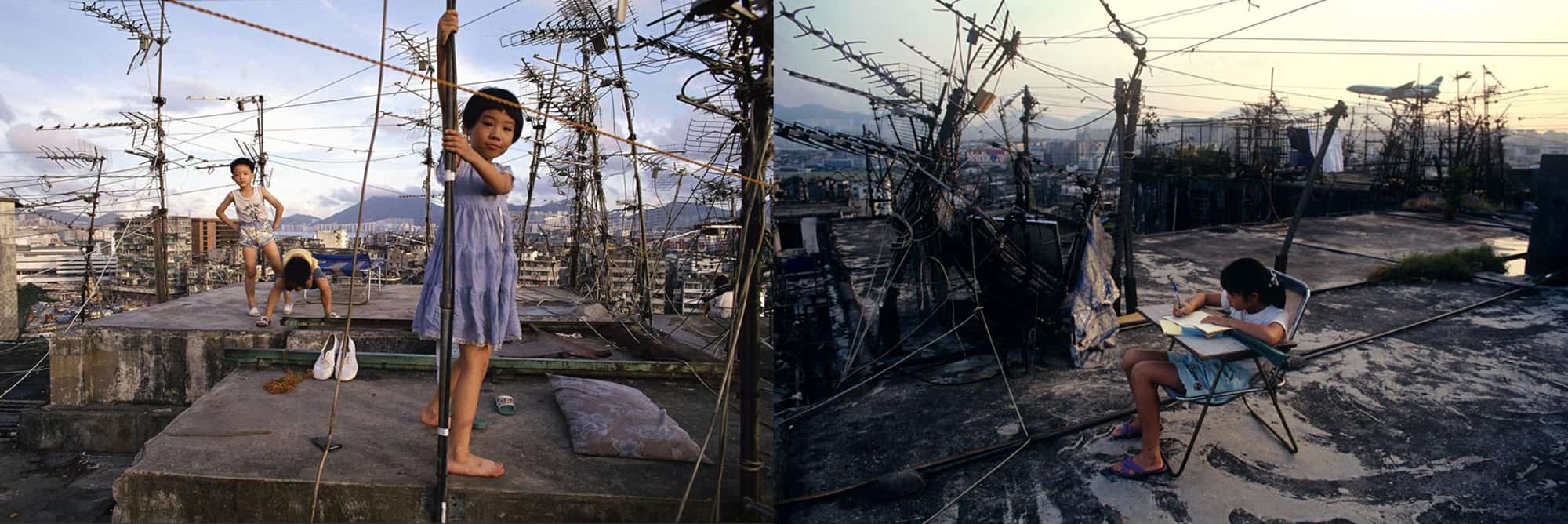
Student doing homework on Walled City rooftop, 1989
© Greg Girard. All rights reserved.
Ryuji Miyamoto's “Kowloon Walled City”
Ryuji Miyamoto, born in Japan in 1947, worked as an editor for the magazine Toshi Jutaku (Urban Residence) until 1975. He first became known to the public in 1986 for his “Architectural Apocalypse”, a series of photographs of demolished buildings. His fascination for urban decay led him to gather an immense record of vanishing cities and demolition sites of department stores, cinemas and prisons. His most famous works are “Kobe, After the Earthquake 1995” presented in 1996 in the 6th International Architecture Exhibition at the Venice Biennale, and his 1988 collection, “Kowloon Walled City” (Heibonsha Publishers, 1997) a gloomy observation of the collapse of the Hong Kong block.

© Ryuji Miyamoto. All rights reserved.
Miyamoto's pictures couldn't be more different from Girard's ones. The stark black and white and the absence of people are the elements that catch your eye immediately, but the sense of discomfort and disorientation that slowly creeps on the viewer is the more persistent effect. The dissonance of a place that was so overcrowded and swarming with life and resilience, now abandoned and derelict is truly unsettling for our context-wired brains. The sense of absence is so strong it haunts the images, making the buildings ghostly and hopeless. This eerie, forlorn atmosphere of places left behind, called kenopsia (“seeing emptiness”, from the Dictionary of Obscure Sorrows.) attracted Miyamoto so much that became his obsession and his distinctive style. His melancholic monochrome photographs caught the dying giant, in that opaque liminal stage just before fading away in space and time; eerie and atmospheric, they mourn the loss of a truly unique place.
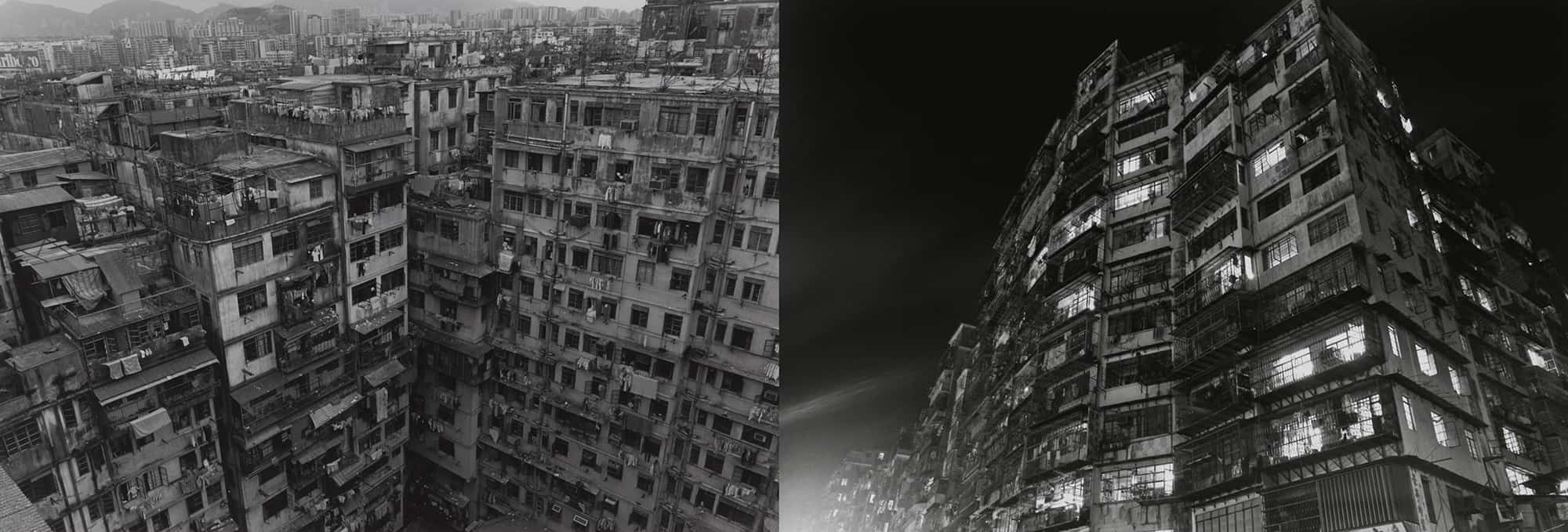
Kowloon Walled City, 1987
© Ryuji Miyamoto. All rights reserved.
Today the fascination with Kowloon Walled City endures in pop culture, thanks also to some local films like “The Long Arm of the Law” (1984) by Johnny Mak, that features an incredible chase and shoot out inside its dingy alleys, probably the most extensive footage and available visual record of it in movies. The amazingly dedicated work of photographers Greg Girard and Ryuji Miyamoto have documented Hak Nam's in its thriving life and its pitiful death, and their photos still inspire and influence heavily any production designer or game designer dealing with a dystopian sprawl project.
See also:
A themed game arcade in Japan
The video game Call of Duty: Black Ops
The video game Kowloon's Gate
The Narrows in “Batman Begins”
A 4-part 1989 German documentary crew goes inside the labyrinth
“The Long Arm of the Law”'s sequence inside Hak Nam


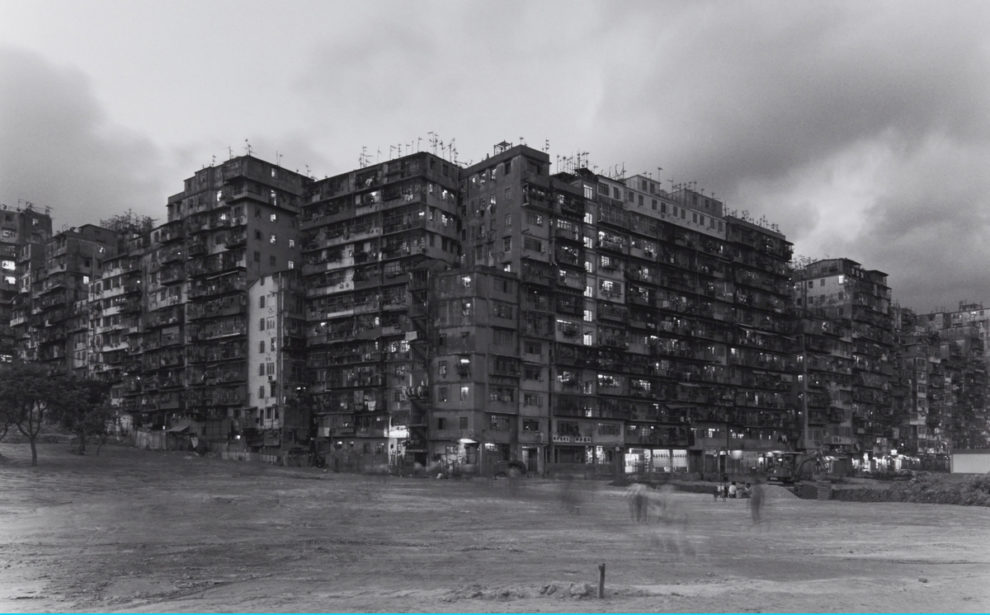


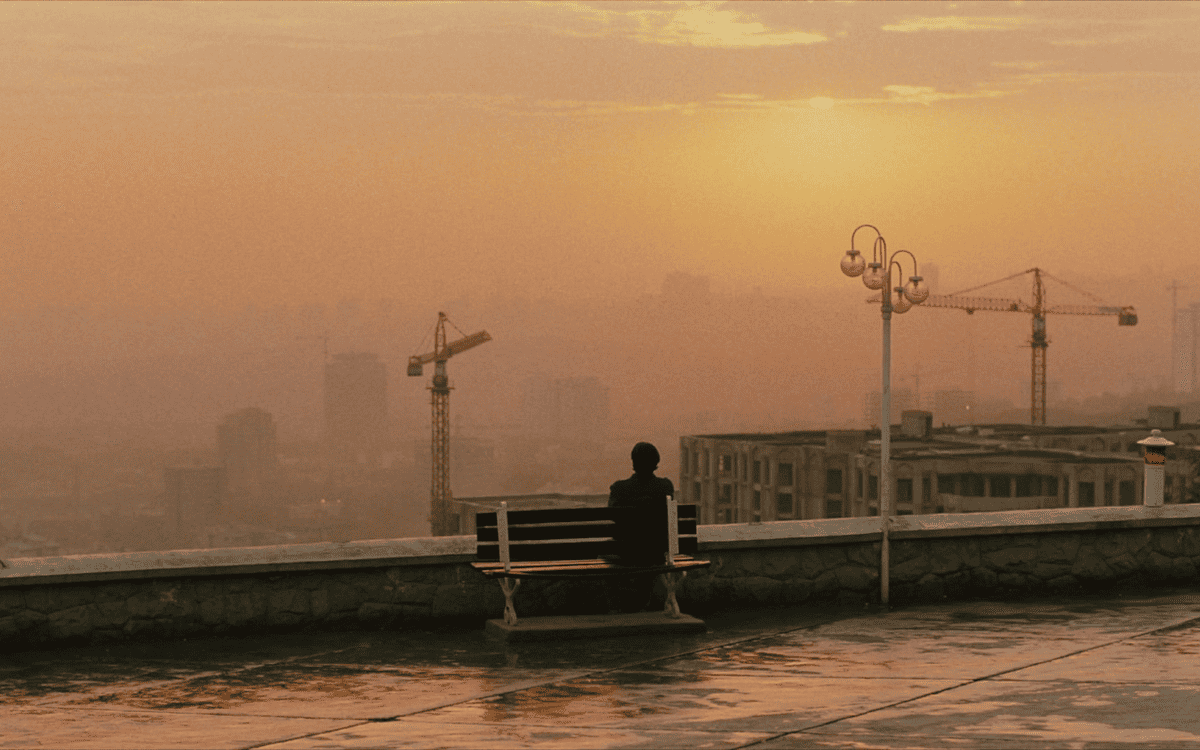
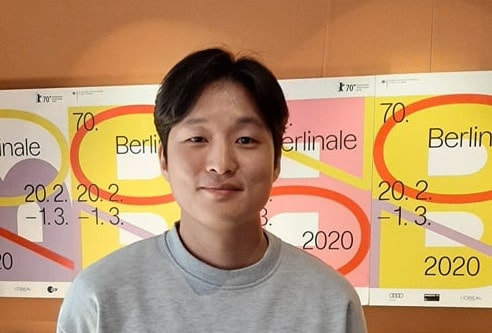
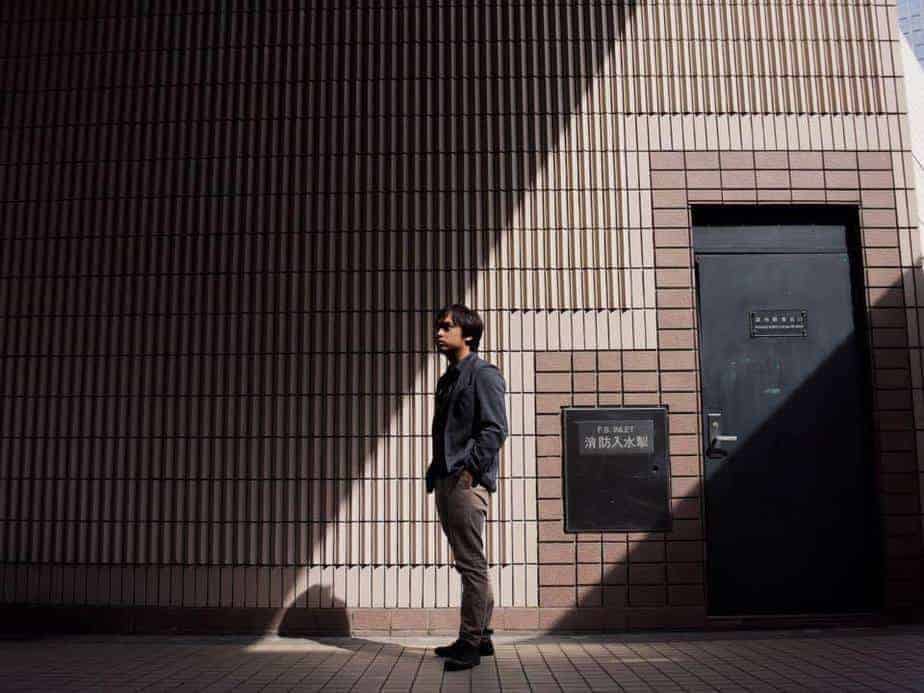








Due to the lack of detailed surveys of the whole of the City of Darkness, it is impossible to determine how dense it was.
Yes, this was chaos in all of its aspects